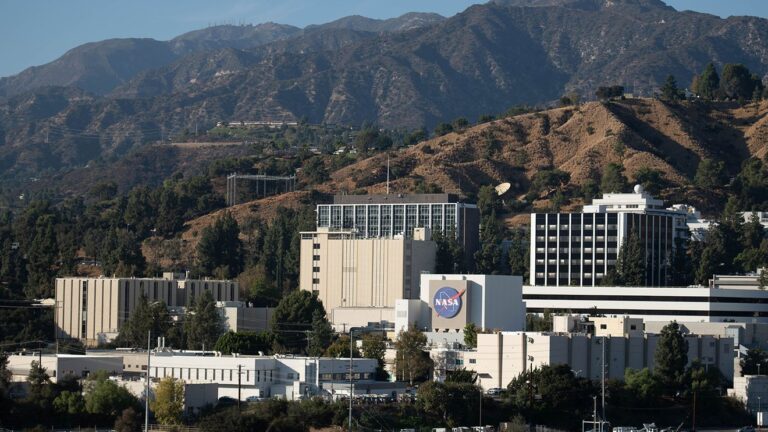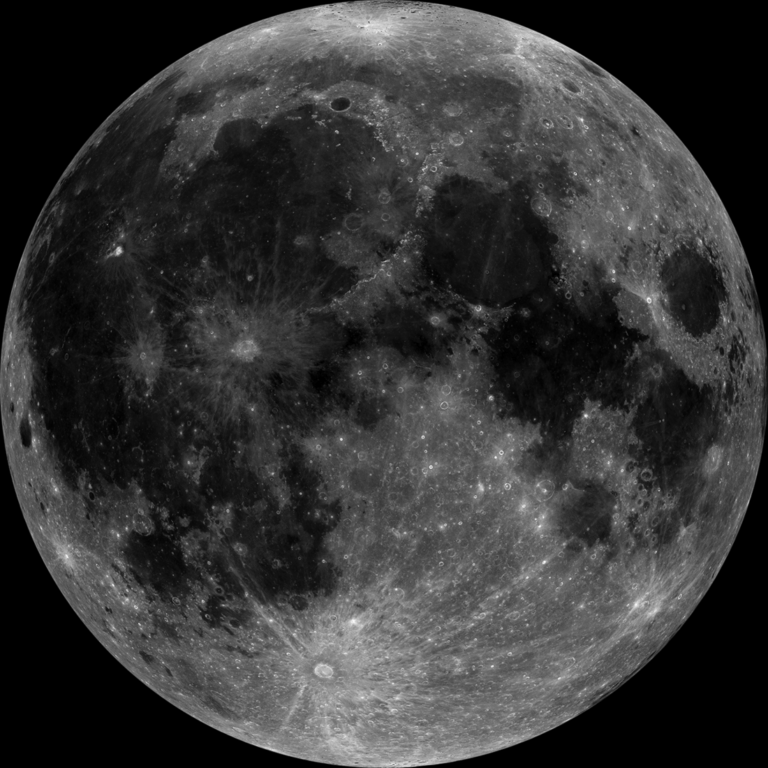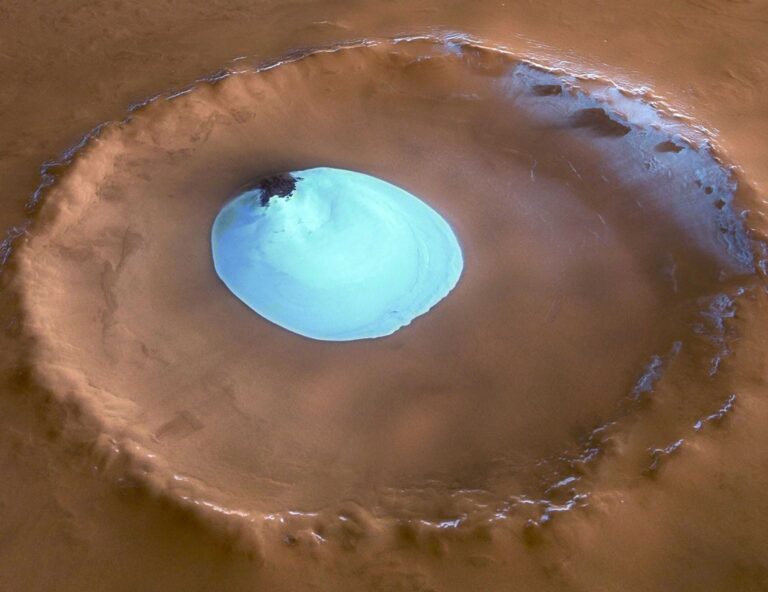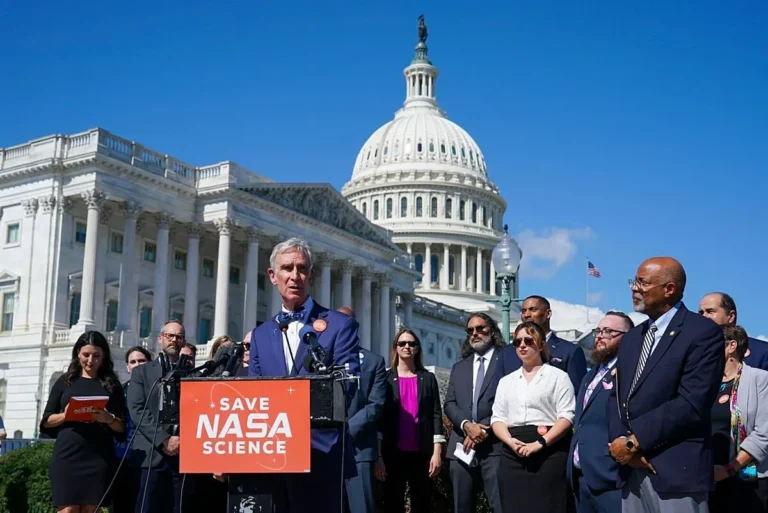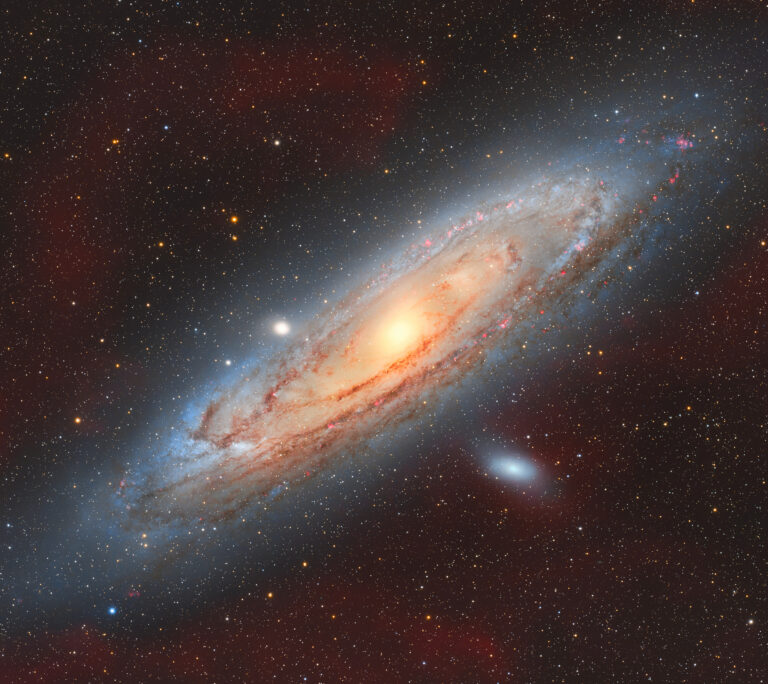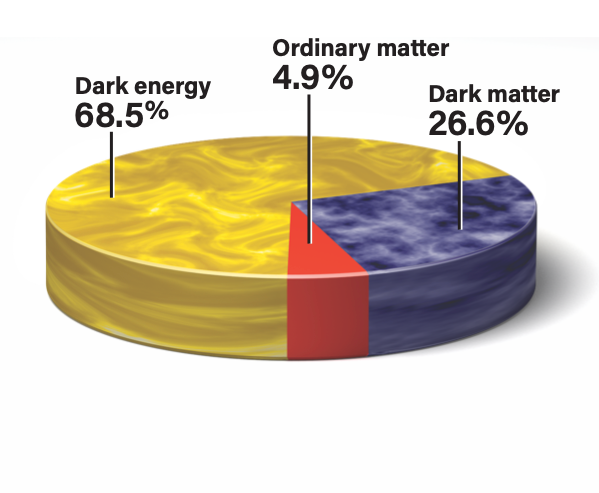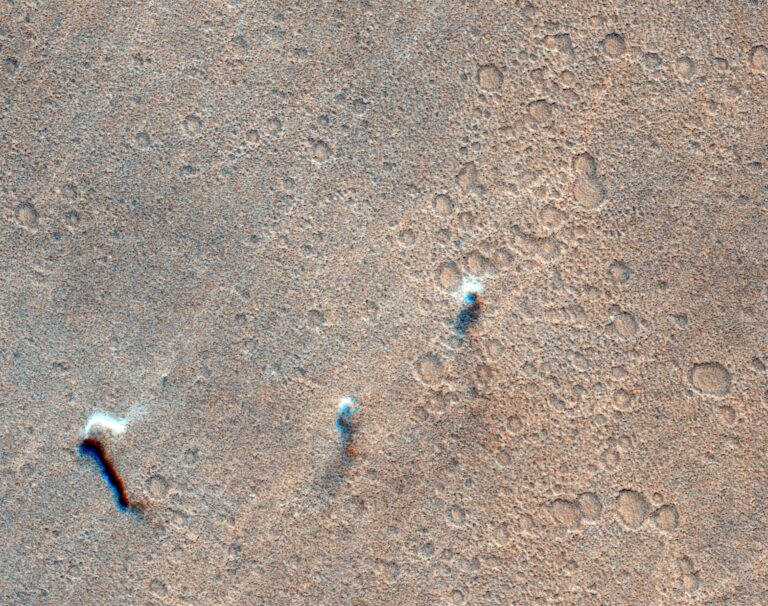
Key Takeaways:
- Interim NASA Administrator Sean Duffy announced the reopening of the Human Landing System (HLS) contract for the Artemis 3 lunar landing mission.
- This decision arises from concerns regarding SpaceX's Starship HLS development timeline, with the agency prioritizing a lunar landing within the current presidential term and citing a "race against China."
- SpaceX's Starship HLS requires multiple critical demonstrations, including orbital propellant transfer and an uncrewed lunar landing, to achieve human-rating, and NASA's internal readiness projections differ from public targets.
- The White House views Artemis as a strategic priority for human space exploration and a stepping stone to Mars, proposing significant budget reallocations from science missions to support these objectives.
U.S. Transportation Secretary and interim NASA Administrator Sean Duffy on Monday revealed a potentially seismic shakeup to the agency’s Artemis lunar landing program.
During an interview with CNBC’s Joe Kernen on Squawk Box Monday morning, Duffy said NASA will reopen a contract to build the human landing system (HLS) for the Artemis 3 mission, which will put American astronauts on the moon for the first time since the Apollo era.
The contract was originally awarded to SpaceX, which Duffy described as an “amazing company.” But he expressed concern that its Starship HLS won’t be ready in time for the mission, suggesting Blue Origin or another competitor could step up to the plate.
“The problem is they’re behind,” Duffy said. “They pushed their timelines out, and we’re in a race against China. The president and I want to get to the moon in this president’s term.”
President Donald Trump’s second term concludes in January 2029, suggesting that Duffy and NASA leaders may have concerns about the mid-2027 timeline set for Artemis 3 in December 2024. Duffy on Monday said the Artemis 2 mission — which will fly around the moon with crew but skip the landing — could launch as soon as February. He added that Artemis 3 would fly “a couple years after that.”
Per a June 2024 Government Accountability Office (GAO) report, NASA internally predicts with 70 percent confidence that the Starship HLS will be ready to fly by February 2028. It has not publicly revised its mid-2027 target.
SpaceX’s recent test flights of the gargantuan Starship rocket, around which the HLS is based, have shown promise after a series of explosions earlier in 2025. But the vehicle must still achieve several milestones — including an uncrewed lunar landing demonstration — before it is human-rated. According to Payload Pro, NASA has already paid SpaceX 65 percent of the approximately $4 billion it has won for HLS work.
“Whatever one can get us there first, to the moon, we’re going to take,” Duffy said. “And if SpaceX is behind, but Blue Origin can do it before them, good on Blue Origin … We’re not going to wait for one company.”
How we’ll get there
NASA does not possess a vehicle that is certified for human missions to the moon. To obtain one, it has enlisted the private sector.
SpaceX is expected to provide the HLS for Artemis 3 and Artemis 4. Blue Origin has also received billions of dollars to develop its Blue Moon lander, which is slated to debut on Artemis 5. Other Artemis contractors include Boeing, which is building a portion of NASA’s Space Launch System (SLS), and Lockheed Martin, the lead contractor for NASA’s Orion capsule.
SLS and Orion will transport four astronauts to lunar orbit. There, they will dock with the HLS, which would also serve as a crew base on the moon. The lander will need to be capable of braving the harsh lunar south pole, where temperatures can plunge below minus-200 degrees Fahrenheit. Researchers believe the region may harbor water ice or other materials that could elucidate the moon’s history.
Trials and tribulations
SpaceX has some work to do in order to prepare the Starship HLS for Artemis 3.
For one, it will need to demonstrate that it can actually reach the moon. Despite its massive size, Starship does not carry enough propellant to make it in one go. Instead, it will stop at an orbital fuel depot to reload propellant before continuing its journey. Such a maneuver has never been achieved.
SpaceX CEO Elon Musk in August predicted that the company would demonstrate propellant transfer between ships by next year. After that, a series of Starship tanker missions will stock the orbital depot. Completing those objectives on schedule will require SpaceX to ramp up the launch cadence of Starship, which is meant to be reusable. The company has already caught and reflown Super Heavy boosters but has yet to achieve the feat with Starship itself.
Once the orbital depot is up and running, SpaceX will also be required to complete an uncrewed lunar landing demonstration. It previously predicted that would occur in 2024 or 2025.
SpaceX made steady progress on Starship in 2023 and 2024, with each test flight achieving more than the last. Problems arose with the introduction of the more powerful Starship Version 2 (V2), which exploded on the way up during consecutive flights in January and March. The rocket made it farther on its following flight in May but still failed to hit key objectives. Then, in June, another V2 Starship exploded on the test stand.
SpaceX published a lengthy dissection of these incidents ahead of Flight 10 in August, making changes to improve the vehicle’s reliability. They appear to have been effective, with Flights 10 and 11 making it to splashdown and providing critical data on the ship’s heat shield.
The latter flight in October is expected to be Starship V2’s last. Next year, SpaceX plans to introduce Version 3 (V3), which is billed as yet another major upgrade. V3 will introduce larger propellant tanks, improved Raptor engines, and a higher payload capacity than NASA’s Saturn V. It is expected to carry out the vehicle’s first orbital tests and operations — including the propellant transfer demonstration.
Notably, Duffy’s decision to reopen the Artemis 3 HLS competition coincides with reports that Trump is considering a renewed NASA chief nomination for Jared Isaacman — the private astronaut and SpaceX ally whom the White House surprisingly removed from consideration in June. Isaacman has purchased four private missions from SpaceX and flown on two.
Pushing forward
Duffy on Monday made clear that the White House views Artemis as a priority, with China planning its own moon landing in 2030.
“We’re going to push this forward and win the second space race against the Chinese, get back to the moon, set up a camp, a base, and from there, we’re going to figure out how we can actually get to Mars,” he said.
The positioning of Artemis as a stepping stone to Mars aligns with Trump’s public remarks and the White House’s fiscal year 2026 budget request. Trump in his inaugural address, for example, invoked Mars but did not mention the moon. The budget, meanwhile, would add $647 million to fund human space exploration at the expense of science missions, such as Mars Sample Return or analyses of Earth’s atmosphere.
“There’s a lot of agencies that can deal with climate,” Duffy said Monday. “There’s only one that does human space exploration, and that’s NASA. And that’s what we’ve refocused on.”
The requested cut of about 24 percent of NASA’s top-line funding would represent the largest single-year reduction in the space agency’s history, per The Planetary Society. Some space industry stakeholders — including Mars exploration advocates — have warned that the cuts to science programs could hinder exploration initiatives like Artemis.


